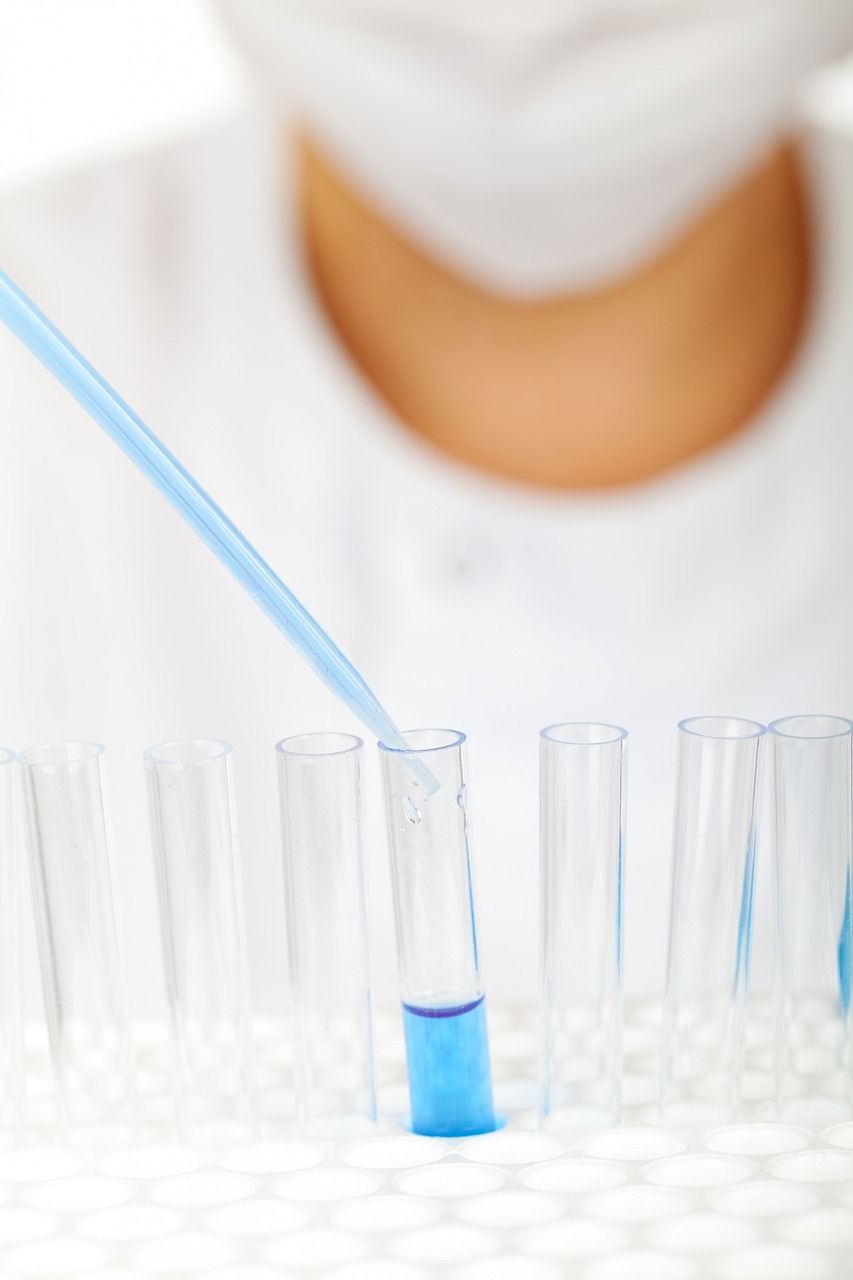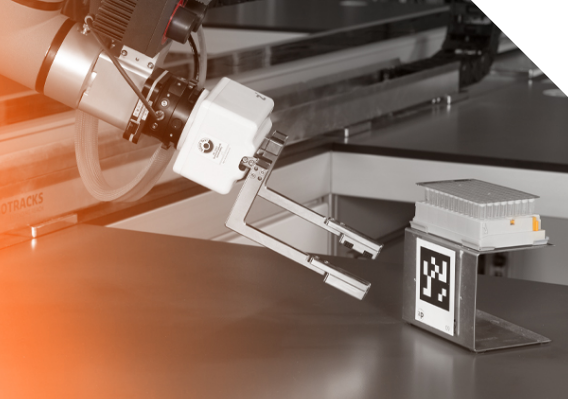Should you use Automated Endotoxin Systems?

Share this article
Endotoxin testing is key for product safety and regulatory compliance. As demands increase and regulations become stricter, now is the time to consider whether manual methods are a bottleneck in your lab, and whether automated endotoxin systems could be a useful solution. In this blog, we explore the benefits and considerations associated with automated endotoxin testing.
The importance of endotoxin testing
Endotoxin testing is a crucial step in manufacturing pharmaceuticals, medical devices, and biotechnology. This process tests to ensure that products are free from endotoxins, bacterial toxins which can cause adverse reactions for patients such as fever. Unfortunately, traditional endotoxin testing methods are usually manual, time consuming, and prone to variability.
What is an Automated Endotoxin System?
Automated endotoxin systems integrate testing process such as liquid handling, incubation, spectrophotometric analysis, and fluorometric analysis, with robotics to reduce the manual labour associated with testing. This is designed to streamline and standardise the process.
Benefits of Automated Endotoxin Systems
Some of the potential benefits your lab could experience are:
- Improved accuracy
- Automated data capture
- Reduced labour costs
- Standardised procedures
- Reduced risk of contamination
- Improved traceability
There are, however, some important considerations to make before automated endotoxin systems. These include:
- Initial investment costs - automated systems will require an upfront investment. Usually this is offset by the cost efficiencies that automation brings.
- System validation - it will be essential to ensure that the system meets regulatory requirements
- Training and maintenance - training for staff and ongoing maintenance will be required
- Sample volume and type - before implementing any system it’s crucial to assess the system’s capacity and whether this is compatible with the different sample types that your lab works with
Automated endotoxin systems offer advantages over manual methods. While there is an initial investment, training, and implementation to consider, the long-term benefits often outweigh the costs and set up.
At Astech, we have experience in implementing custom automated solutions for the life sciences industry. We understand endotoxin testing and the unique challenges it can present, and can help you to streamline your processes.
Our expertise lies in robotics and automation, and we have delivered reliable automated systems for many labs. Contact us today to discuss with our expert team.


